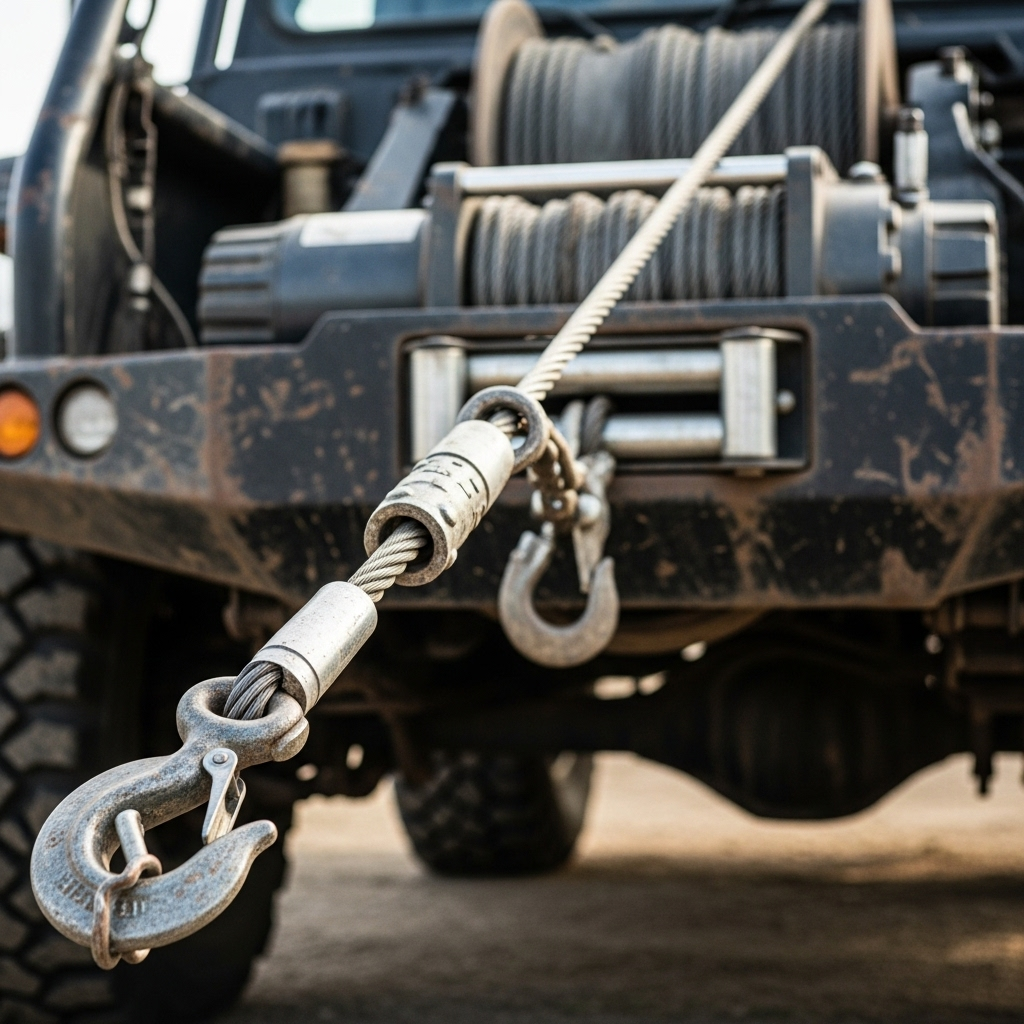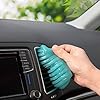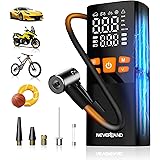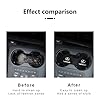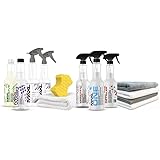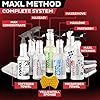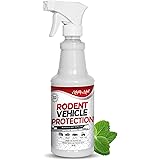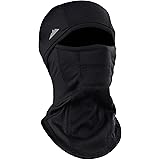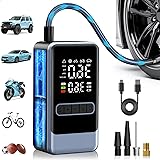Table of Contents
Learning how to extend winch cable reach is a fundamental skill that can mean the difference between a quick recovery and being hopelessly stuck. Whether your winch line is just a few feet short of a solid anchor or you need to tackle a complex, multi-line pull, having the knowledge and right equipment to extend your reach is crucial for any off-road enthusiast or recovery professional. This comprehensive guide will walk you through every method, from using dedicated winch line extensions to properly extending electrical cables, ensuring you’re prepared for any recovery scenario.
Many frustrating situations can be solved by effectively extending your winch’s capability. Perhaps the perfect recovery tree is just ten feet beyond your winch line’s reach, or you need to set up a pulley system that requires more line than you have. Understanding the different types of extensions—both for your synthetic or steel rope and your power cables—will transform your recovery capabilities. We’ll cover the equipment, techniques, and critical safety practices you need to master this essential skill.
Understanding the Two Types of Winch Cable Extensions
Before diving into solutions, it’s important to clarify what we mean by “extending a winch cable.” There are two distinct types of extensions, each serving a completely different purpose:
Winch Line Extensions: These refer to adding length to your actual winch rope or cable—the synthetic or steel line that spools out from your winch drum. This is what allows you to reach distant anchor points .
Winch Power Cable Extensions: These involve lengthening the heavy-duty electrical cables that connect your winch to your vehicle’s battery. This is sometimes necessary when relocating a winch or when the factory cables are too short for an optimal, safe routing path .
Confusing these two can lead to dangerous situations. This guide will cover both in detail, starting with the more common need: extending your winch line.
Method 1: Using a Dedicated Winch Line Extension
The safest, most reliable way to increase your winch’s pulling reach is by using a dedicated winch line extension. This is a separate section of rope, either synthetic or steel, with loops (eyes) spliced or swaged at both ends.
Why Use a Dedicated Extension?
Dedicated extensions are manufactured specifically for recovery purposes and offer several key advantages:
- Maintains Safe Working Load: Properly rated extensions preserve the integrity of your recovery system.
- Easy to Deploy: Simply connect one end to your winch line hook and the other to your anchor point.
- Versatile: Can be used for multiple configurations, including creating pulley systems.
- Safer than Splicing: Avoids potential weak points that can occur with field splicing.
Synthetic Rope Extensions
Synthetic winch line extensions, typically made from high-strength fibers like Dyneema, have become the preferred choice for most off-road recovery situations.
Advantages of Synthetic Extensions :
- Extremely Lightweight: Much easier to handle, carry, and deploy than steel cable.
- Safer: In the event of a breakage, they do not store the same dangerous kinetic energy as steel and are less likely to snap back violently.
- High Strength: Size for size, they can be stronger than steel wire rope.
- Floats: Can be easier to retrieve if dropped in water or mud.
- Easy on Hands: No sharp burrs or splinters like steel cable.
- Abrasion Sensitivity: Synthetic rope is more prone to damage from abrasion against rocks, sharp edges, or rough bark. It is crucial to use heavy-duty chafe protection, like a abrasion guard, wherever the line contacts abrasive surfaces.
- UV Degradation: Prolonged exposure to direct sunlight can weaken synthetic fibers over time.
- Inspection: Must be regularly inspected for cuts, fraying, or embedded debris.
Specifications Example:
A typical 14mm (9/16″) synthetic extension can have a breaking strength of 36,500 lbs and is recommended for winches rated between 18,000 and 24,000 lbs .
Steel Cable Extensions

For those using steel wire rope or who prefer its durability, steel extensions are also available.
Advantages of Steel Cable Extensions :
- Abrasion Resistant: Generally more durable than synthetic rope when dragged over rough surfaces like rocks.
- UV Resistance: Not degraded by sunlight.
Disadvantages of Steel Cable:
- Extremely Heavy: Significantly more difficult to handle and transport.
- Dangerous Failure Mode: If a steel cable breaks under load, it can snap back with lethal force due to the stored energy.
- Kinks: Can develop permanent kinks that severely weaken the cable.
- Sharp Wires: Broken strands create sharp “fishhooks” that can easily cut hands.
Choosing the Right Extension for Your Setup
| Feature | Synthetic Rope Extension | Steel Cable Extension |
|---|---|---|
| Weight | Very Light | Very Heavy |
| Safety | Safer; less snap-back | Dangerous if broken |
| Abrasion Resistance | Lower; needs protection | Higher |
| Handling | Easy, floats, no splinters | Difficult, can kink, sharp burrs |
| UV Sensitivity | Can degrade over time | Resistant |
| Ideal For | Most off-road recovery scenarios | Industrial applications, high-abrasion areas |
Key Selection Rule: Your extension’s strength rating should always meet or exceed the rating of your primary winch line. Never use a weaker extension as it becomes the failure point in your system.
Method 2: How to Extend Winch Power Cables
There are legitimate scenarios where you might need to extend the heavy-gauge electrical cables that power your winch, such as when installing a winch on a rear bumper or a portable winch mount.
The Golden Rule: Avoid Splices if Possible
The overwhelming consensus among experts is that the best method is to avoid splicing altogether . The high current (often 400-500 amps) a winch draws creates significant resistance at any splice or connection, leading to voltage drop, heat buildup, and potential winch motor failure.
The Ideal Solution: Replace with a Single, Longer Cable
The safest and most effective approach is to purchase or make a new set of cables that are the correct length for your installation. This eliminates unnecessary failure points and ensures maximum performance .
When You Must Extend: The Correct Way to Splice Power Cables
If replacing the entire cable is not feasible, and you must extend it, you must do it correctly to minimize risks.
1. Use the Correct Cable Type and Gauge:
- Welding Cable: This is the top recommendation for winch cable extensions. It is made with many fine copper strands, making it extremely flexible and ideal for the high-current demands of a winch .
- Upsize the Gauge: For longer runs, you must use a thicker (lower gauge number) cable to compensate for voltage drop. If your original cable is 2-gauge and you are adding a 5-foot extension, you should use 0-gauge or even 00-gauge welding cable for the extension portion .
2. Proper Connection Methods:
- High-Quality Crimping with a Heavy-Duty Crimper: This is the preferred method for a strong, reliable mechanical connection. A proper crimp tool, not just a hammer and punch, is required to create a gas-tight connection that won’t loosen or corrode easily .
- Silver Soldering: This is an acceptable alternative, but it requires skill to avoid “cold” solder joints that are weak and high-resistance. The joint must be heated sufficiently for the solder to flow and wick into the strands completely .
3. Secure and Protect the Connection:
- Heavy-Duty Heat Shrink Tubing: After creating the connection, you must cover it with high-quality, adhesive-lined heat shrink tubing. This seals the connection from moisture, dust, and corrosion, and provides strain relief.
- Secure Routing: Route the extended cable securely using loom or conduit where it passes near sharp edges or hot components, and use zip-ties or clamps to prevent movement and chafing .
Critical Safety Practices for Using Winch Extensions
Winch operations are inherently dangerous. Extending your system introduces new variables that must be managed with strict safety protocols.
- Inspect Every Time: Before every use, visually inspect your entire winch line and any extension. Look for hooks, shackles, thimbles, and the rope/cable itself for any signs of damage, wear, or deformation.
- Use a Damper: Always place a weight damper (a heavy blanket, winch damper, or even a recovery gear bag) over the winch line and extension. This helps dampen the energy and reduces line whip should a failure occur.
- Never Use a Damaged Extension: If you see broken strands on a steel cable, or cuts, abrasion, or melted fibers on a synthetic rope, do not use it. The risk is not worth it.
- Ensure Proper Connections: When connecting your extension to the main winch line, use a properly rated bow shackle. Ensure the shackle pin is fully seated and tight. Avoid connecting hook-to-hook, as this can unload and fail under tension.
- Spool Properly Under Load: After connecting a new extension or making any change to your line, always respool the winch under load. This ensures the layers are tight and won’t pinch and damage the underlying rope or cable during a heavy pull.
Building Your Complete Winch Extension Kit
Being prepared means having the right gear before you need it. Here is what a well-stocked extension kit should include:
- A Dedicated Winch Line Extension: Choose a synthetic or steel extension based on your primary needs. A 20-30 foot synthetic extension is a versatile starting point for most users.
- Bow Shackles (2-3 minimum): Use shackles with a load rating that matches or exceeds your winch and extension. 3/4″ shackles are a common size for this application.
- Tree Saver Strap: A wide nylon strap is essential for protecting anchor trees and creating attachment points.
- Abrasion Guard/Chafe Protection: A removable sleeve or multiple sections of old fire hose to protect synthetic rope from sharp edges.
- Weight Damper: A dedicated winch line damper or a heavy moving blanket.
- Heavy-Duty Gloves: Leather gloves to protect your hands from rope burns and sharp cable strands.
Troubleshooting Common Extension Scenarios
Problem: “My winch is slow and struggles when using my extended power cables.”
Solution: This is a classic symptom of voltage drop due to undersized cables or poor connections. Check all connections for heat after use. Ensure you have used adequately thick welding cable for the entire extended length.
Problem: “The synthetic extension is showing significant fuzziness (pilling).”
Solution: This is a sign of abrasion. While some fuzzing is normal, heavy wear indicates the rope is being dragged over abrasive surfaces. Use more chafe protection in your rigging and inspect the core for damage. If the core strands are visible or cut, retire the extension immediately.
Problem: “I don’t have a dedicated extension, and I’m stuck.”
Improvised Solution (Use with Extreme Caution): In a true emergency, a high-lift jack strap or multiple recovery straps connected end-to-end can be used as a last resort. Never use tow straps with metal hooks, and be aware that these are not designed for the continuous, spooled tension of a winch and can fail unexpectedly. This is a “get-unstuck-once” solution, after which you should invest in proper equipment.
Final Verdict: How to Extend Winch Cable the Right Way
Mastering the techniques of how to extend winch cable systems is what separates novice users from competent recovery operators. The key takeaways are simple but must be followed diligently:
- For your winch line, invest in a high-quality, properly rated dedicated extension. Synthetic rope offers the best balance of safety, weight, and performance for most users .
- For your power cables, avoid splicing whenever possible. Opt for a single, continuous run of the correct gauge welding cable. If you must extend, use oversized cable and professional-grade crimping or soldering techniques, sealed with quality heat shrink .
- Safety is non-negotiable. Inspect your gear every time, use a damper, and ensure all connections are secure and properly rated.
By understanding the principles, using the right equipment, and adhering to strict safety practices, you can significantly expand your recovery capabilities and tackle situations that would otherwise be impossible. Now you’re ready to reach further and recover with confidence.

